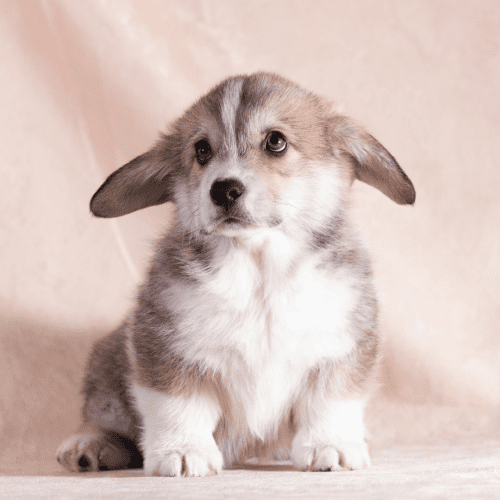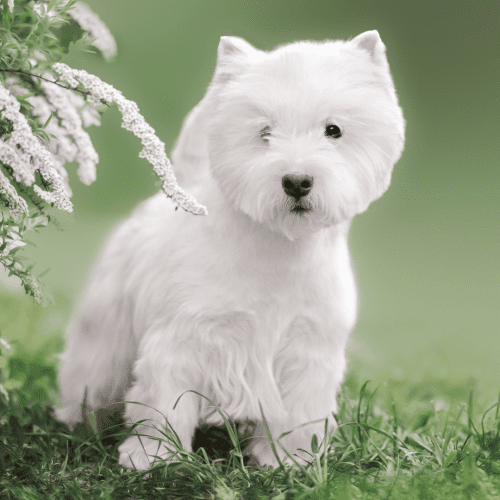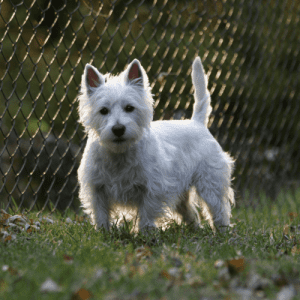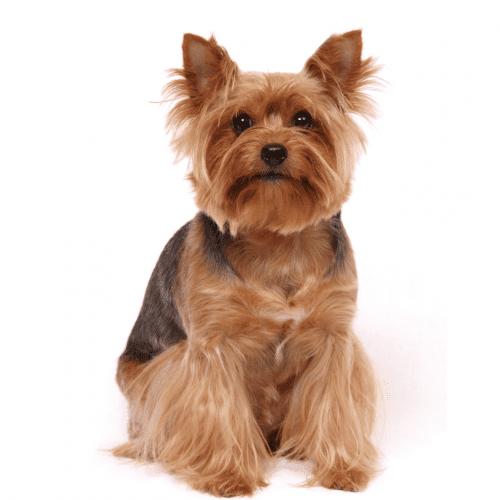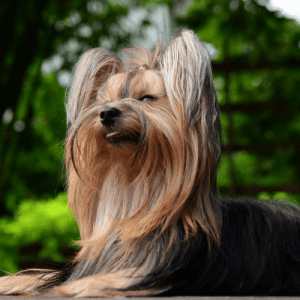Dogs are amazing creatures and have been known to provide therapeutic benefits for their owners. Therapy dogs are special dogs that are used specifically for providing comfort and emotional support to people in hospitals, nursing homes, schools, and other settings. Therapy dogs are also often brought in to help people who are dealing with stress, anxiety, or other emotional issues.
The therapy dog breed refers to a specific group of dog breeds that have been trained and certified to provide support and comfort to individuals in various therapeutic settings. These dogs play a crucial role in therapy dog programs, where they assist in improving the physical, emotional, and mental well-being of individuals in need.
One of the benefits of therapy dog breeds is their ability to provide emotional support. They have a calming effect on people, reducing anxiety and stress levels. Interacting with these dogs can also increase levels of oxytocin, a hormone associated with bonding and relaxation.
Training plays a vital role in preparing therapy dog breeds for their role. They undergo rigorous training to develop the necessary skills, such as obedience, empathy, and the ability to remain calm in different situations. This training ensures that they can safely interact with individuals of all ages and backgrounds.
Certification is essential for therapy dog breeds to ensure their suitability for therapy settings. They must pass specific assessments and meet certain criteria to become certified. This process guarantees that they possess the necessary temperament, behavior, and socialization skills required to provide effective therapy.
Characteristics such as patience, gentleness, and a friendly disposition are crucial for therapy dog breeds. These dogs must be comfortable in different environments and be able to adapt to various situations. They must also be comfortable with being touched and handled by strangers.
Therapy dog breeds distinguish themselves from other dog breeds through their specialized training and certification to provide support and comfort in therapeutic settings. While all dogs have the potential to offer companionship and emotional support, therapy dogs undergo specific training to ensure they can effectively fulfill their roles.
One key factor that sets therapy dog breeds apart is their certification. Therapy dogs must pass rigorous assessments conducted by recognized therapy dog organizations. These evaluations evaluate the dog’s temperament, obedience, and ability to remain calm in various situations. Once certified, therapy dogs can participate in therapy dog activities, such as visiting hospitals, nursing homes, schools, and rehabilitation centers.
The training that therapy dogs receive is another distinguishing feature. They undergo obedience training to ensure they can follow commands and behave appropriately in different environments. They are taught to be calm, gentle, and non-reactive to various stimuli. Additionally, therapy dogs are trained to interact with people of all ages and backgrounds, including children and individuals with disabilities.
The benefits of therapy dog breeds are numerous. They provide emotional support, reduce stress and anxiety, and improve the overall well-being of individuals in need. Their presence alone can bring a sense of comfort and joy to those they visit. Research has consistently shown that therapy dogs can have a positive impact on physical, mental, and emotional health.
Several dog breeds are recognized as part of the therapy dog breed group due to their temperament, trainability, and ability to provide support in therapeutic settings. These breeds possess specific characteristics that make them well-suited for therapy work. They are typically friendly, calm, and patient, allowing them to interact positively with individuals in need of emotional support. Moreover, therapy dogs must be well-trained and obedient, as they are often required to perform specific tasks or follow commands during therapy sessions.
The training requirements for therapy dogs vary depending on the specific organization or certification program. Generally, therapy dogs undergo basic obedience training and socialization to ensure they can behave appropriately in different environments and around various individuals. They are also trained to remain calm and non-reactive in stressful or challenging situations.
The benefits of therapy dogs are well-documented. They can provide emotional support, reduce stress and anxiety, improve mood, and increase social interaction for individuals in hospitals, nursing homes, schools, and other therapeutic settings. Therapy dogs have been shown to help lower blood pressure, decrease feelings of loneliness, and even improve physical health in some cases.
Some popular breeds often found in therapy dog programs include Labrador Retrievers, Golden Retrievers, Poodles, Beagles, and Cavalier King Charles Spaniels. These breeds are known for their friendly nature, intelligence, and ease of training. However, it is important to note that any breed or mixed breed can become a therapy dog if they meet the necessary requirements and pass the certification process.
The certification process for therapy dogs typically involves an evaluation of their temperament, obedience skills, and ability to remain calm and focused in different situations. The dog and handler must also demonstrate their ability to work as a team and effectively interact with individuals in need. Once certified, therapy dogs are often required to undergo regular health check-ups and continue their training to maintain their skills and ensure they are providing the best support possible.
Originating from a rich history of canine companionship, therapy dog breeds have a heritage deeply rooted in their ability to provide emotional support and comfort to those in need. The origins of therapy dog breeds can be traced back to various parts of the world, where different breeds were specifically bred and trained for their therapeutic qualities.
The history of therapy dog breeds dates back centuries, with notable examples found in ancient civilizations such as Egypt, Greece, and Rome. These civilizations recognized the healing power of dogs and utilized them in various therapeutic roles. In more recent history, the concept of therapy dogs gained popularity during World War II, when dogs were used to provide emotional support to soldiers suffering from trauma.
Therapy dogs come in various breeds, each with their own unique characteristics that make them suitable for this role. Breeds such as Golden Retrievers, Labrador Retrievers, and Beagles are known for their gentle and friendly nature, making them ideal for providing comfort and companionship to individuals in hospitals, nursing homes, and other healthcare facilities.
Training plays a crucial role in preparing therapy dogs for their essential work. These dogs undergo specialized training programs that focus on obedience, socialization, and specific therapy dog tasks. This training ensures that therapy dogs are well-behaved, responsive, and able to handle various environments and situations.
The benefits of therapy dogs are numerous. Research has shown that interactions with therapy dogs can reduce stress, lower blood pressure, and improve overall emotional well-being. These dogs offer unconditional love and support, providing a sense of calm and joy to those they interact with.
Throughout various industries and settings, therapy dog breeds are utilized by individuals to provide emotional support and enhance the overall well-being of those they interact with. These dogs are trained to offer comfort, companionship, and a sense of calm to individuals in need.
The uses and benefits of therapy dogs are extensive, with their presence being particularly notable in healthcare, schools, and rehabilitation centers.
In healthcare settings, therapy dogs play a crucial role in improving the emotional and mental well-being of patients. They can help reduce stress, anxiety, and depression, which in turn can lead to improved physical health and faster recovery times. Therapy dogs are often seen visiting hospitals, nursing homes, and hospice care facilities, providing comfort to patients of all ages.
In schools, therapy dogs are used to create a positive and supportive environment for students. These dogs can help reduce stress and anxiety, enhance focus and concentration, and improve social skills. They are often present during exam periods or in special education classrooms, where students may need additional emotional support.
Rehabilitation centers also benefit from the presence of therapy dogs. These dogs can assist in physical therapy sessions, motivate patients to engage in activities, and offer emotional support during the recovery process. Therapy dogs can help improve the mobility, coordination, and overall well-being of individuals undergoing rehabilitation.
To become therapy dogs, these breeds undergo specific training to ensure they have the right temperament and skills for their roles. They learn to be calm, friendly, and responsive to various situations and environments. Training programs often include obedience training, socialization, and exposure to different stimuli to prepare them for their work as therapy dogs.
Therapy dog breeds connect with a diverse range of individuals seeking emotional support and companionship. These types of people include those with mental health conditions such as anxiety, depression, and post-traumatic stress disorder (PTSD). Therapy dogs provide a calming presence and offer unconditional love, which can help alleviate symptoms of these conditions.
Children and adults with autism spectrum disorder (ASD) also connect with therapy dog breeds. The dogs’ nonjudgmental nature can help individuals with ASD feel more at ease in social situations and reduce anxiety. Additionally, therapy dogs can assist individuals with physical disabilities by providing support and companionship.
Elderly individuals in nursing homes or assisted living facilities often benefit from the presence of therapy dogs. These dogs can provide comfort, reduce loneliness, and improve overall well-being. Moreover, therapy dogs are commonly used in hospitals and rehabilitation centers to provide emotional support to patients during their recovery process.
Therapy dog breeds also connect with students on college campuses and in schools. These dogs can help reduce stress and anxiety, create a positive and supportive environment, and improve concentration and focus.
Additionally, therapy dog breeds have been found to have positive effects on the overall well-being and mental health of individuals they interact with. These dogs play a crucial role in improving mental health by assisting in physical therapy, providing emotional support, enhancing social interactions, and reducing stress and anxiety.
One significant aspect of therapy dog breeds is their ability to assist in physical therapy. These dogs are trained to help individuals regain their physical strength and mobility. They can assist in tasks such as walking, retrieving objects, and providing stability for those with balance issues. Their presence and guidance make physical therapy sessions more enjoyable and motivating.
Therapy dog breeds also excel in providing emotional support. They have a remarkable ability to sense and respond to the emotional needs of individuals. Interacting with therapy dogs has been shown to reduce feelings of loneliness, depression, and anxiety. These dogs offer a comforting presence and unconditional love, creating a safe space for individuals to express their emotions and find solace.
Furthermore, therapy dog breeds enhance social interactions. They act as a social catalyst, breaking down barriers and facilitating communication among individuals. Therapy dogs provide a common topic of conversation, fostering connections and creating a sense of community. They encourage socialization, particularly in individuals who may struggle with interpersonal interactions.
Lastly, therapy dog breeds are known for their ability to reduce stress and anxiety. The simple act of petting a therapy dog has been shown to lower blood pressure, decrease heart rate, and release endorphins in the brain. This natural stress relief provides individuals with a sense of calm and relaxation, allowing them to better cope with daily challenges.



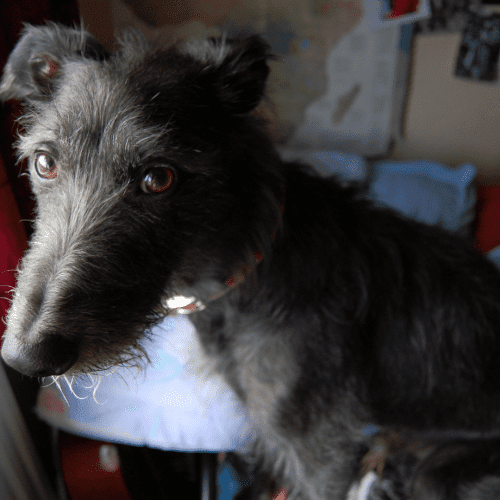
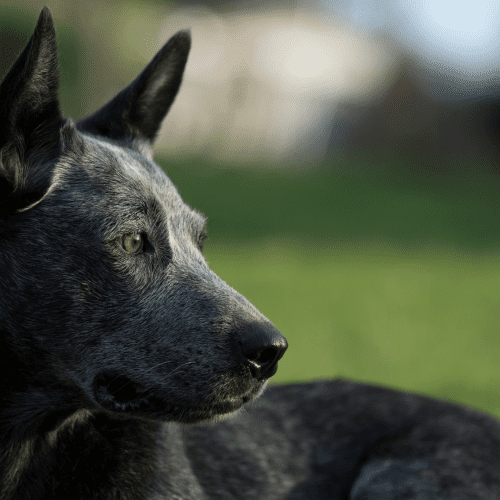
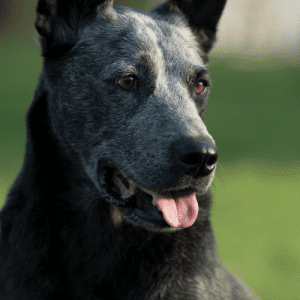
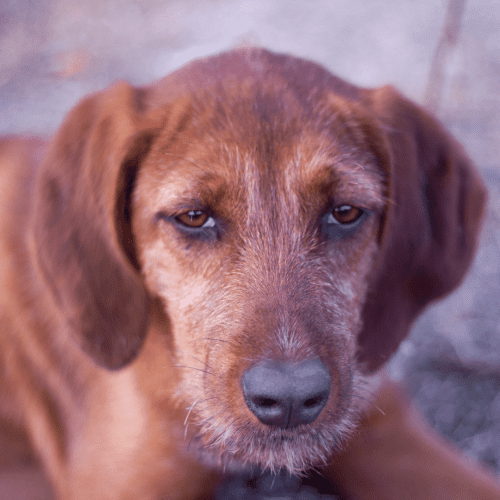
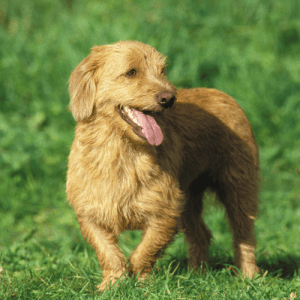
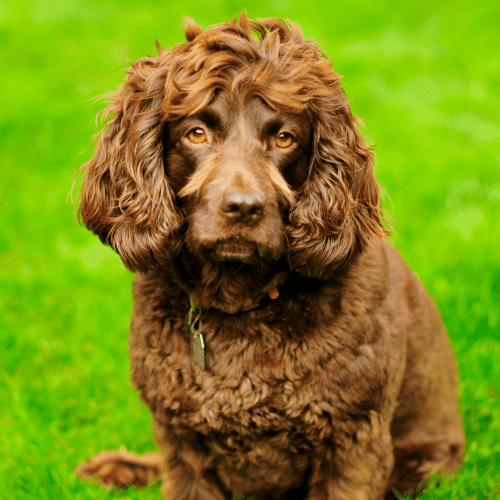
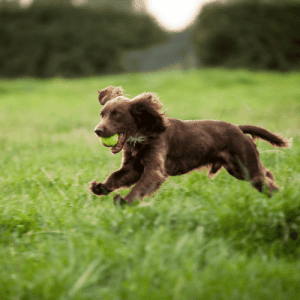
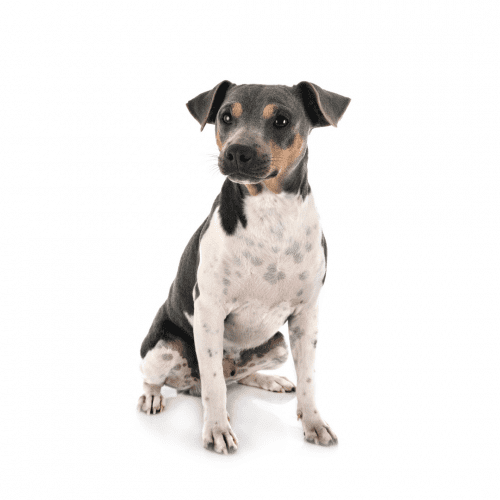
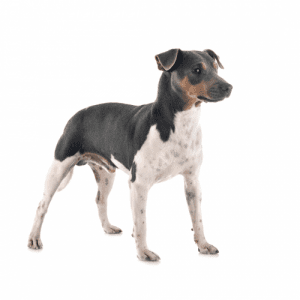
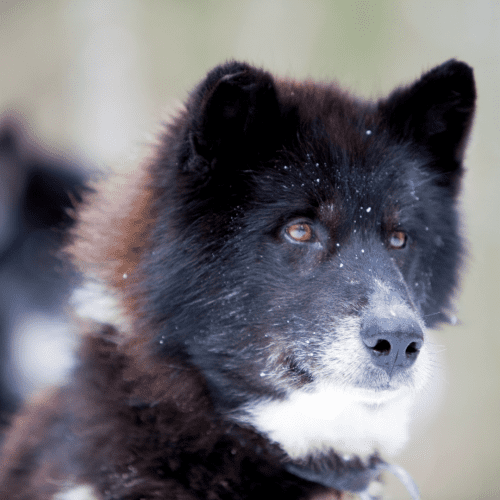
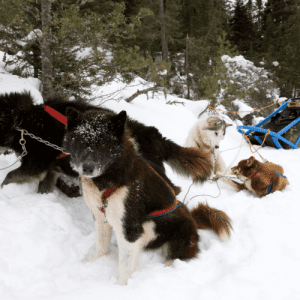
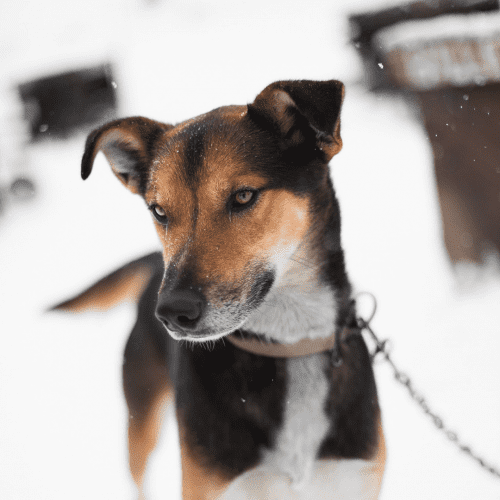

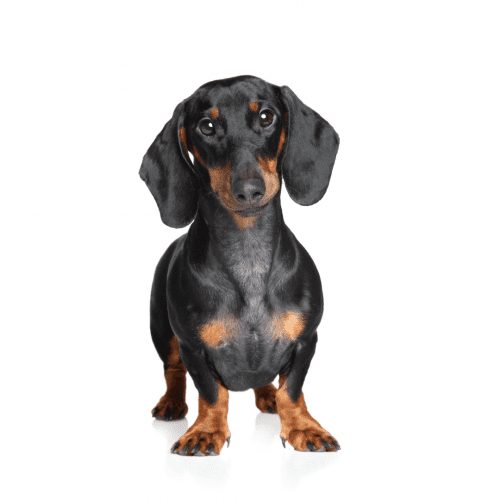

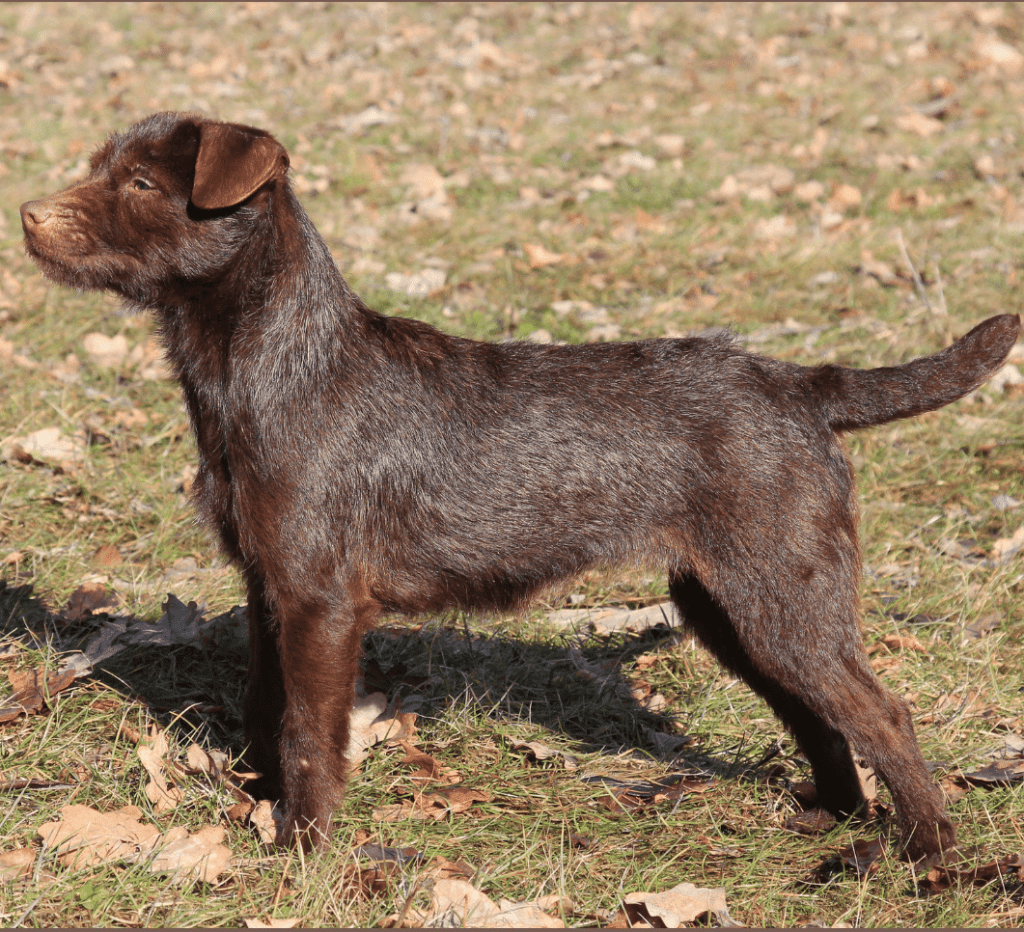
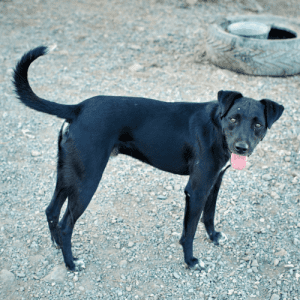
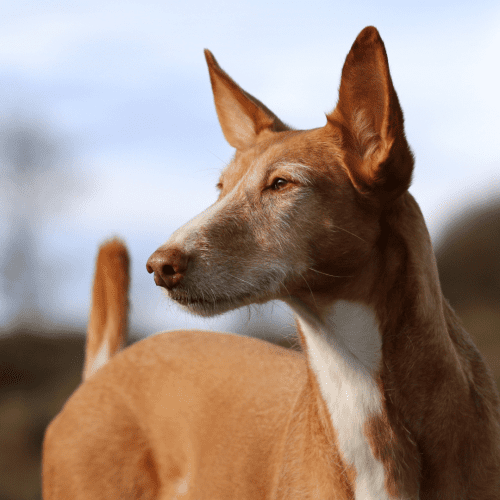
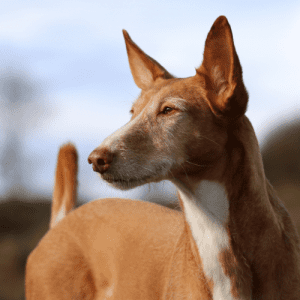
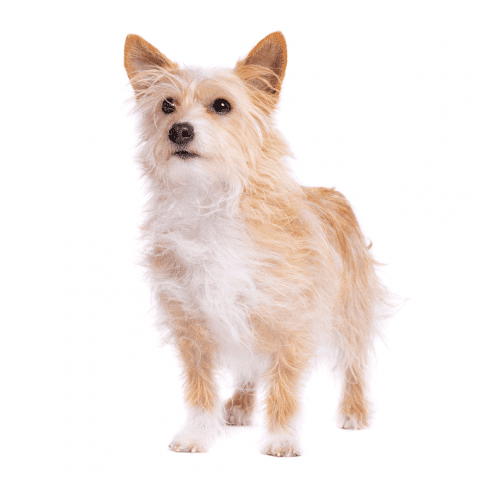
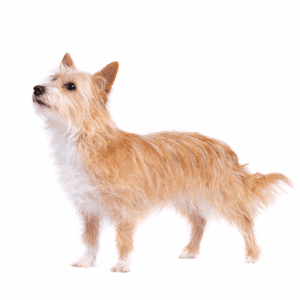
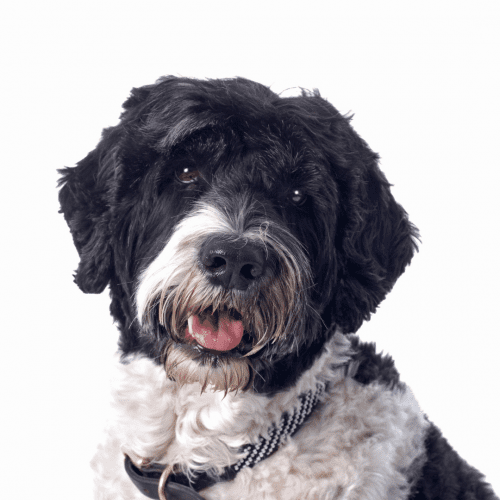

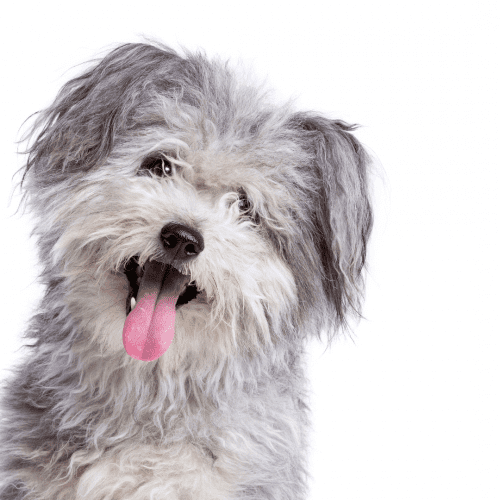

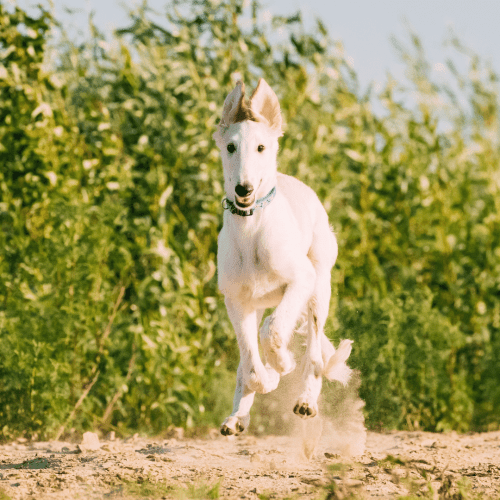

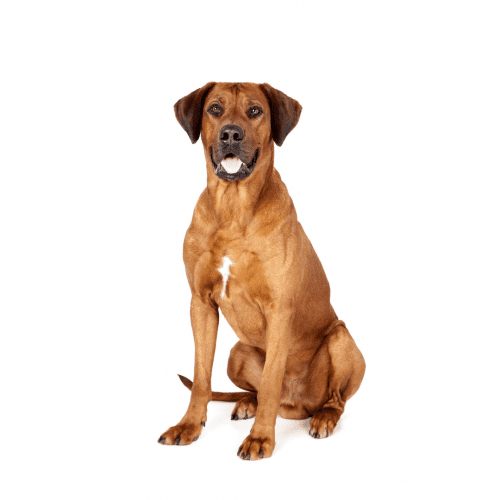

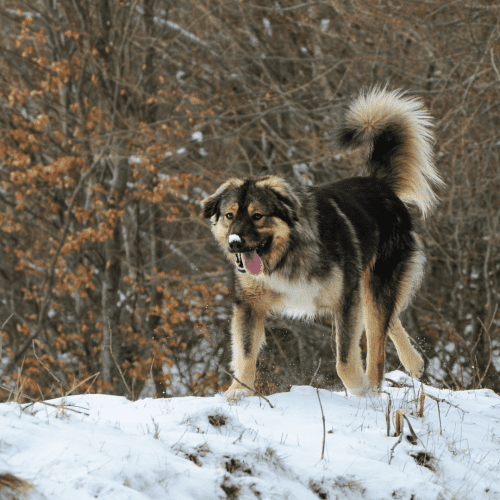

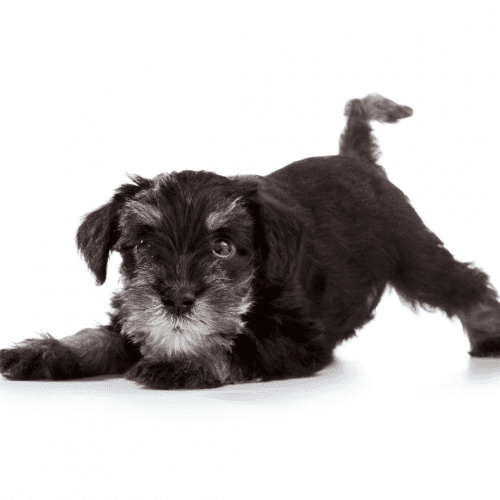

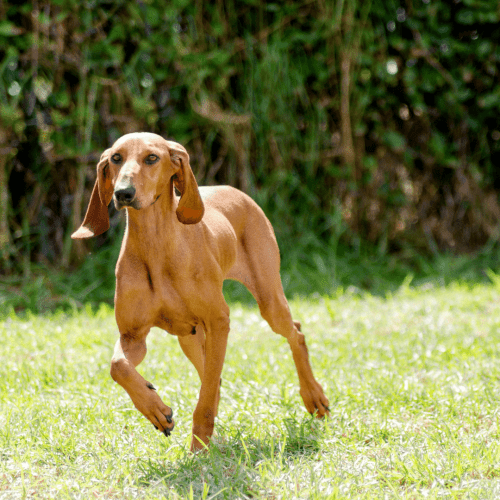
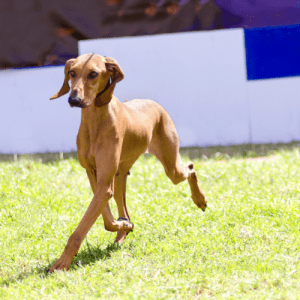 What Is The History Of The Segugio Italiano Dog Breed?
What Is The History Of The Segugio Italiano Dog Breed?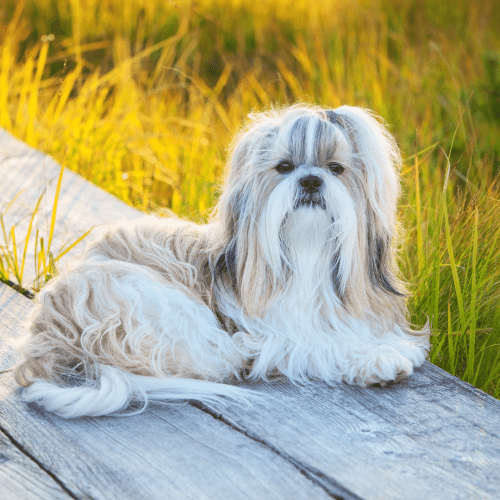
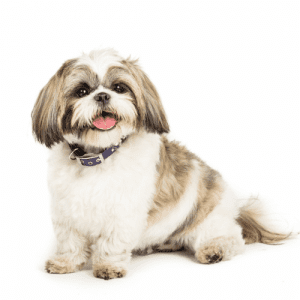 What Is The History Of The Shih Tzu Dog Breed?
What Is The History Of The Shih Tzu Dog Breed?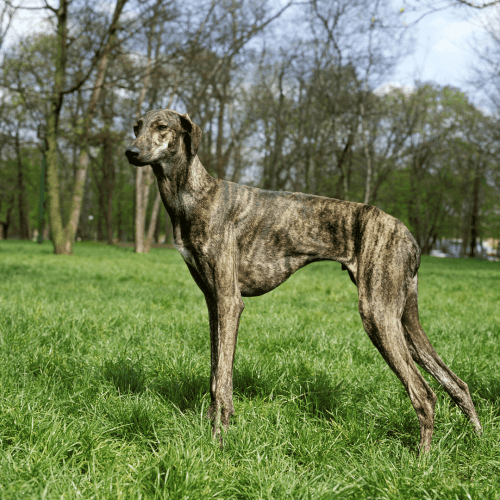
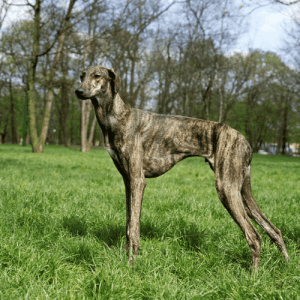 What Is The History Of The Sloughi Dog Breed?
What Is The History Of The Sloughi Dog Breed?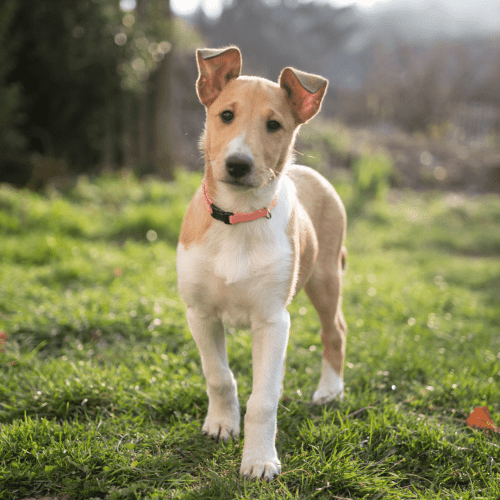

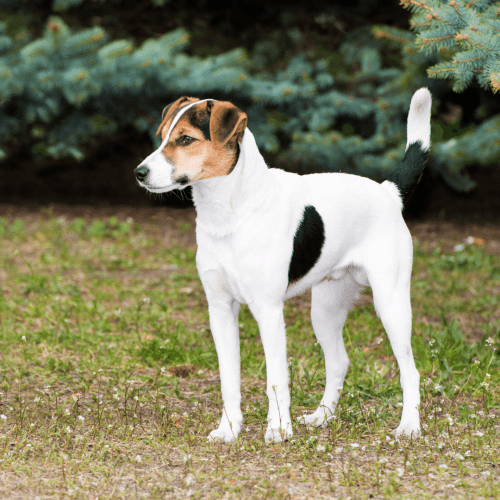
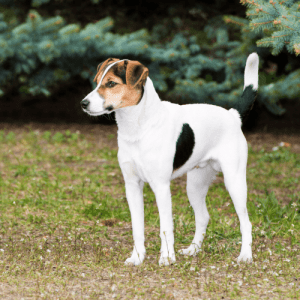 What Is The History Of The Smooth Fox Terrier Breed?
What Is The History Of The Smooth Fox Terrier Breed?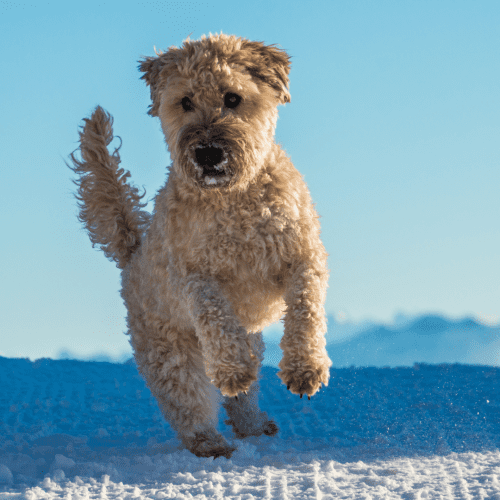
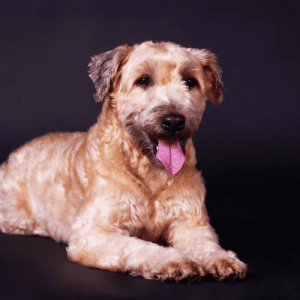 What Is The History Of The Soft Coated Wheaten Terrier Dog Breed?
What Is The History Of The Soft Coated Wheaten Terrier Dog Breed?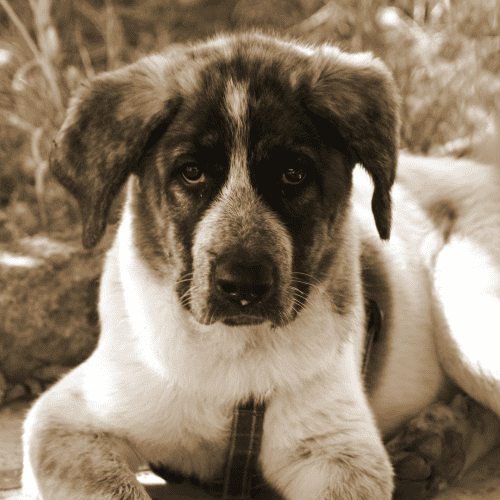
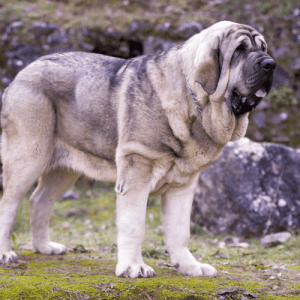 What Is The History Of The Spanish Mastiff Dog Breed?
What Is The History Of The Spanish Mastiff Dog Breed?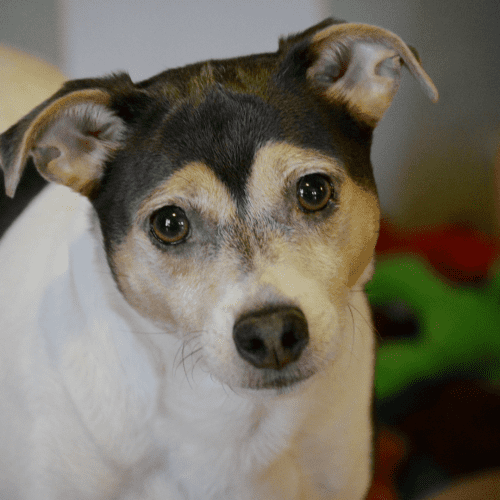
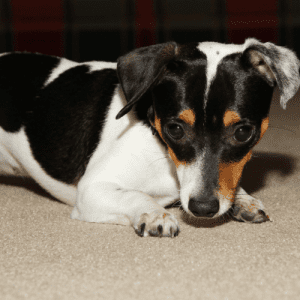
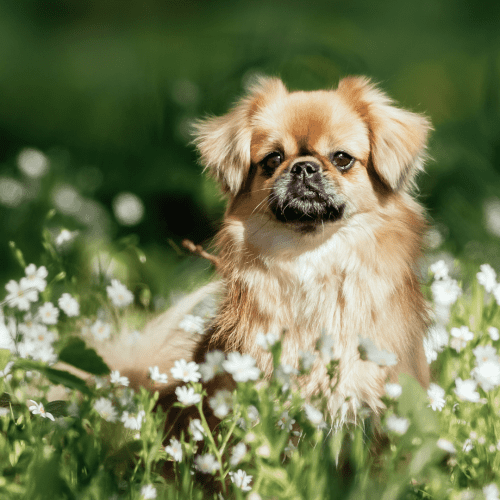

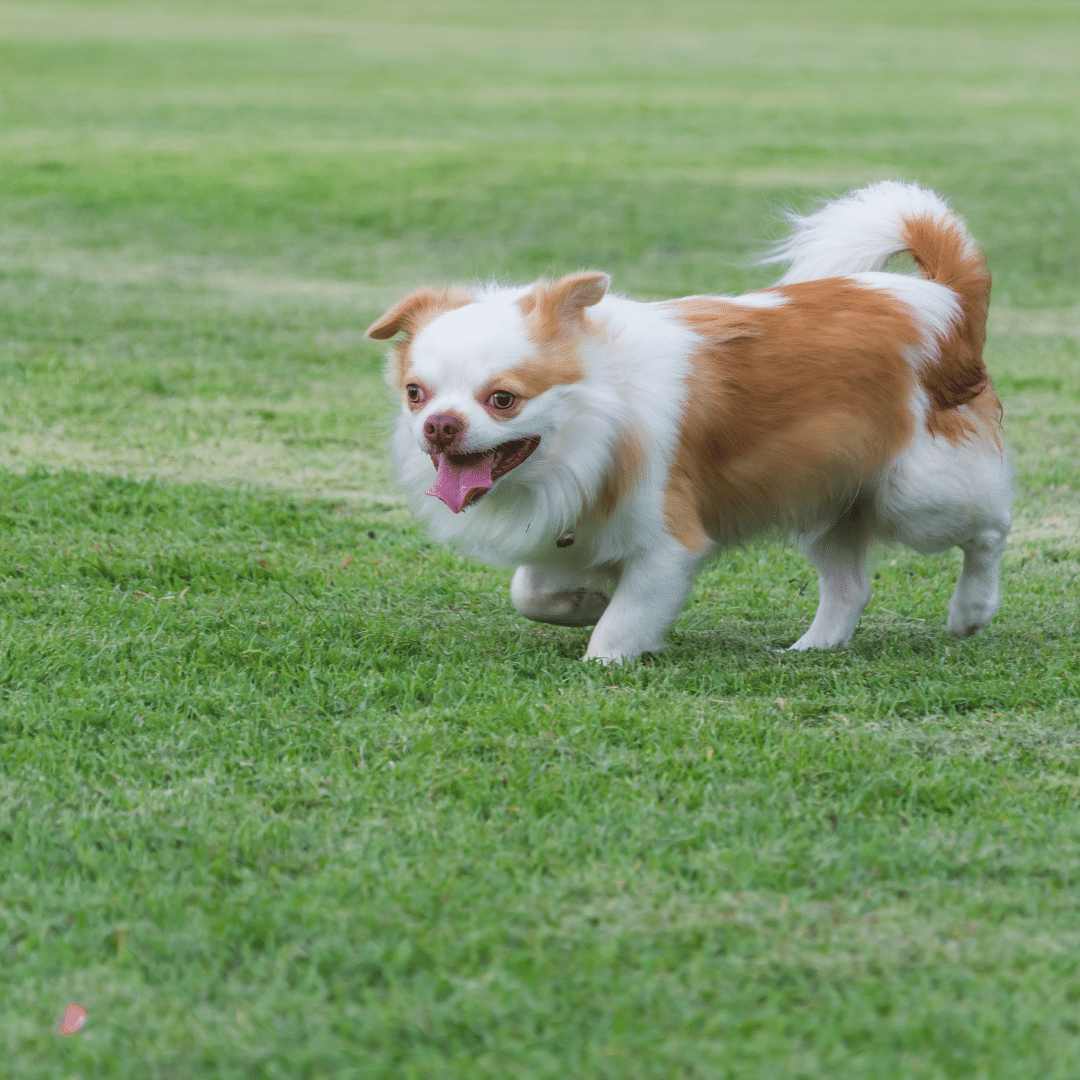 Dog?
Dog?